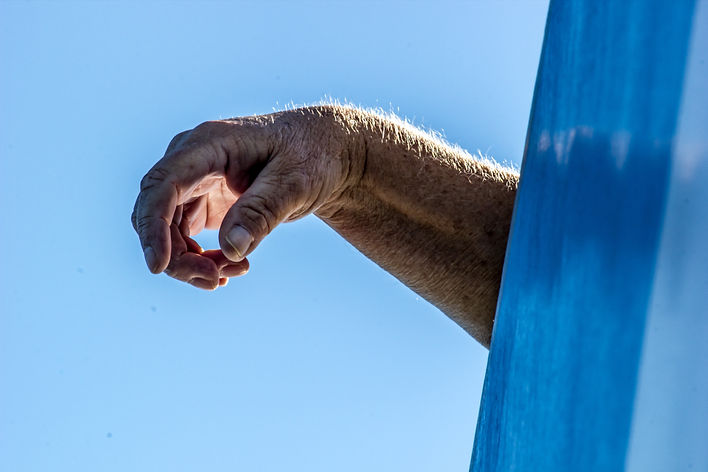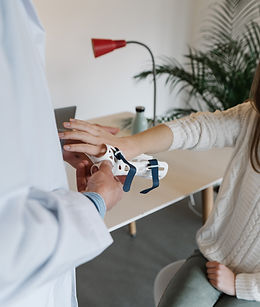
GULLIAN BAIRE SYNDROME (GBS)
Gullian Baire Syndrome (GBS)
GBS stands for Guillain-Barré syndrome, which is a rare neurological disorder where the body's immune system mistakenly attacks its peripheral nervous system—the network of nerves located outside the brain and spinal cord. This can lead to weakness, numbness, and in some cases, paralysis. GBS often starts with weakness and tingling sensations in the legs, which then spreads to the arms and upper body.
The exact cause of Guillain-Barré syndrome is not fully understood, but it is often preceded by an infection, such as a respiratory or gastrointestinal infection, or in some cases, vaccinations. The immune system's response to the infection is thought to trigger the autoimmune reaction that damages the nerves.
The symptoms of GBS can vary widely from person to person and may include muscle weakness, loss of reflexes, difficulty with motor skills, and in severe cases, paralysis of the muscles involved in breathing. While GBS can be a serious and potentially life-threatening condition, most people recover with prompt medical treatment.
Treatment for GBS typically involves supportive care to manage symptoms, such as pain management and physical therapy to help regain strength and mobility. In some cases, intravenous immunoglobulin therapy or plasmapheresis may be recommended to reduce the severity of the immune response and speed up recovery.
GBS is considered a medical emergency, and anyone experiencing symptoms suggestive of the condition should seek immediate medical attention for evaluation and treatment. Early intervention can help improve outcomes and reduce the risk of complications.
Pimpama Physio can play a significant role in the rehabilitation of patients suffering from Guillain-Barré syndrome (GBS). Here's how:

01. Early Mobilization
Physiotherapists can initiate early mobilization techniques tailored to the patient's current abilities and limitations. This may involve gentle range of motion exercises, positioning, and supported movements to prevent muscle stiffness and contractures.
03. Gait Training
GBS often affects mobility and walking ability. Physiotherapists can provide gait training programs to help patients regain proper walking patterns, balance, and coordination. This may involve using assistive devices such as walkers or canes initially and gradually transitioning to independent walking as strength and stability improve.
05. Pain Management
Physiotherapists can employ various modalities and techniques to alleviate pain and discomfort associated with GBS, such as manual therapy, therapeutic exercises, heat therapy, and electrical stimulation. By addressing pain symptoms, patients may experience improved tolerance for rehabilitation activities and better overall quality of life.
02. Strength and Conditioning
As patients with GBS experience muscle weakness and fatigue, physiotherapists can design personalized strength and conditioning programs to gradually build muscle strength, endurance, and functional capacity. These programs may include resistance exercises, balance training, and cardiovascular conditioning to improve overall physical fitness.
04. Balance and Coordination Exercises
GBS can disrupt proprioception and coordination, leading to balance problems and difficulties with coordinated movements. Physiotherapists can implement specific exercises and activities to improve balance, coordination, and proprioceptive awareness, reducing the risk of falls and improving functional mobility.
06. Respiratory Rehabilitation
In severe cases of GBS, respiratory muscles may be affected, leading to breathing difficulties and respiratory complications. Physiotherapists can provide respiratory rehabilitation interventions, including breathing exercises, chest physiotherapy, and respiratory muscle training, to optimize lung function and prevent respiratory complications.
By offering comprehensive rehabilitation services tailored to the unique needs of patients with GBS, Pimpama Physio can help optimize recovery outcomes, enhance functional independence, and improve overall quality of life for individuals affected by this condition.